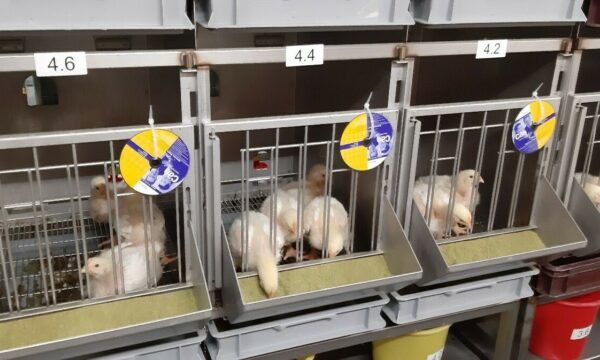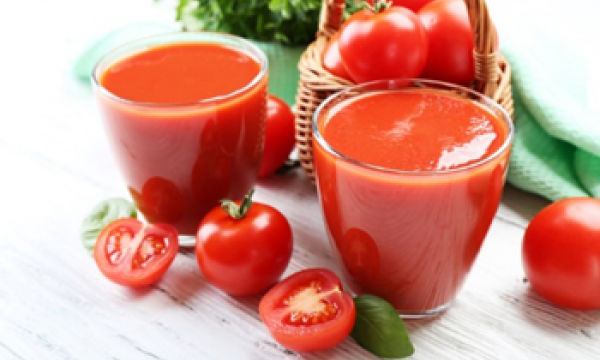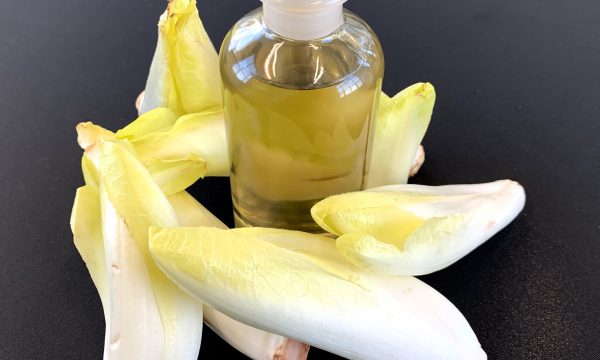Project news A decision-support model for processing biomass residual streams in horticulture
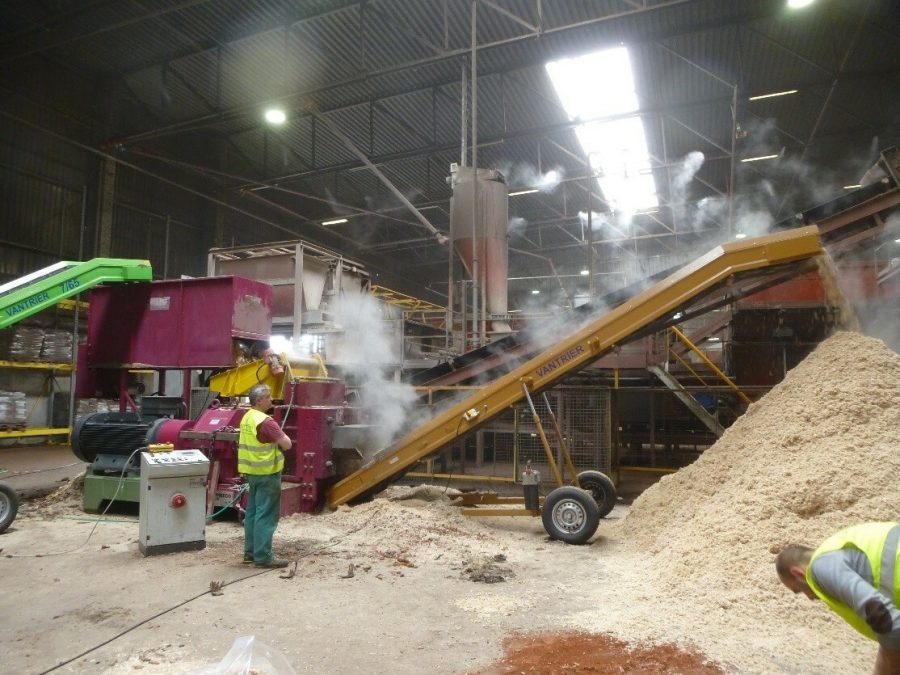
Within the European Horti-BlueC project ILVO developed a decision-support model to achieve sustainable and circular cultivation substrates. With this tool, for several organic residual streams, the different options for processing into CO2 fertilizer and raw materials for crop substrates are presented. Through this model, the information obtained from the project about the residual streams, processing processes and resulting products is available. More news on the project and the YouTube channel can be found in the second newsletter.
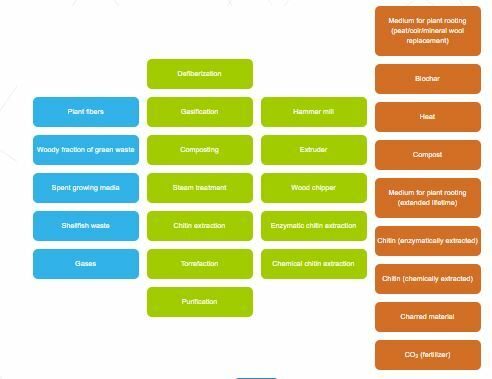
Circular growing media
The Interreg 2 Seas project Horti-BlueC aims to achieve better and more sustainable growing substrates in greenhouses through circular alternatives to peat, coconut and rockwool. In the first work package, organic waste streams were processed into biochar, chitin, fibers and CO2 fertilizer, among others. The starting point was 5 local residual streams from agriculture, horticulture, agri-food and fishery: plant fibers, used cultivation substrates, shellfish waste, CO2 from production and incineration processes, and the woody fraction of green waste for compost. The processing procedures were fine-tuned and the obtained products were extensively tested. The information obtained was compiled in fact sheets, and the building blocks are being mixed into cultivation substrates and used in greenhouse tests.
Processing residual streams into substrates
Based on these experiences, a decision-support model was developed to indicate how residual streams can be processed into CO2 fertilizer and building blocks for cultivation substrates. In this model, the possible residual streams, processing processes and resulting products are presented visually. In addition, all fact sheets about the processes are available, with useful information about the optimal range of properties of the residual flows, storage conditions, pre-treatment, technical details of the processing and the properties of the building blocks obtained. This model is therefore an aid to selecting the most optimal processing technique for each specific situation. For further reading take a look at the Horti-BlueC website or read the newsletter.
Project title: Horti-BlueC
Term: 2018-2021
Partners: ECN-TNO, Université de lille, PCH - Proefcentrum Hoogstraten, National Institute of Agricultural Botany, Cato Engineering, ADAS UK Ltd., University of Portsmouth, AGARIS
Funding: Interreg 2 Zeeën, Provincie Oost-Vlaanderen, Provincie Antwerpen
Second newsletter: https://www.horti-bluec.eu

